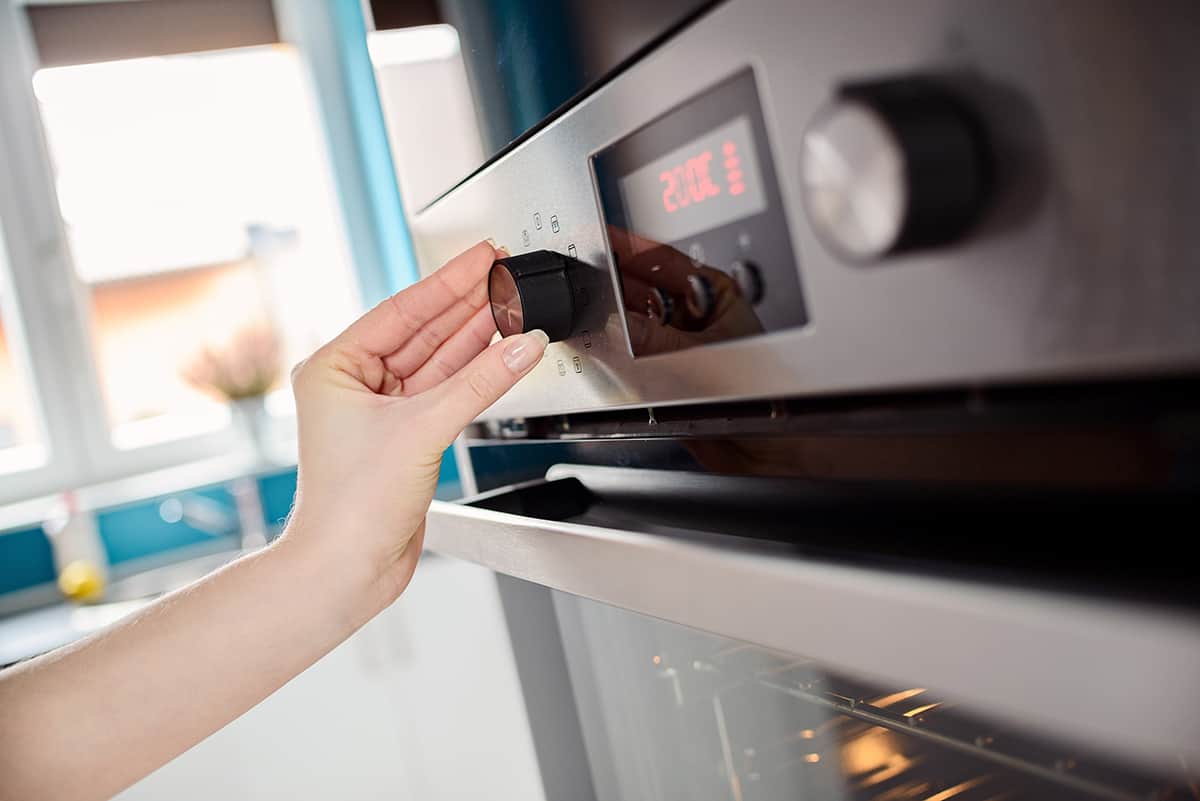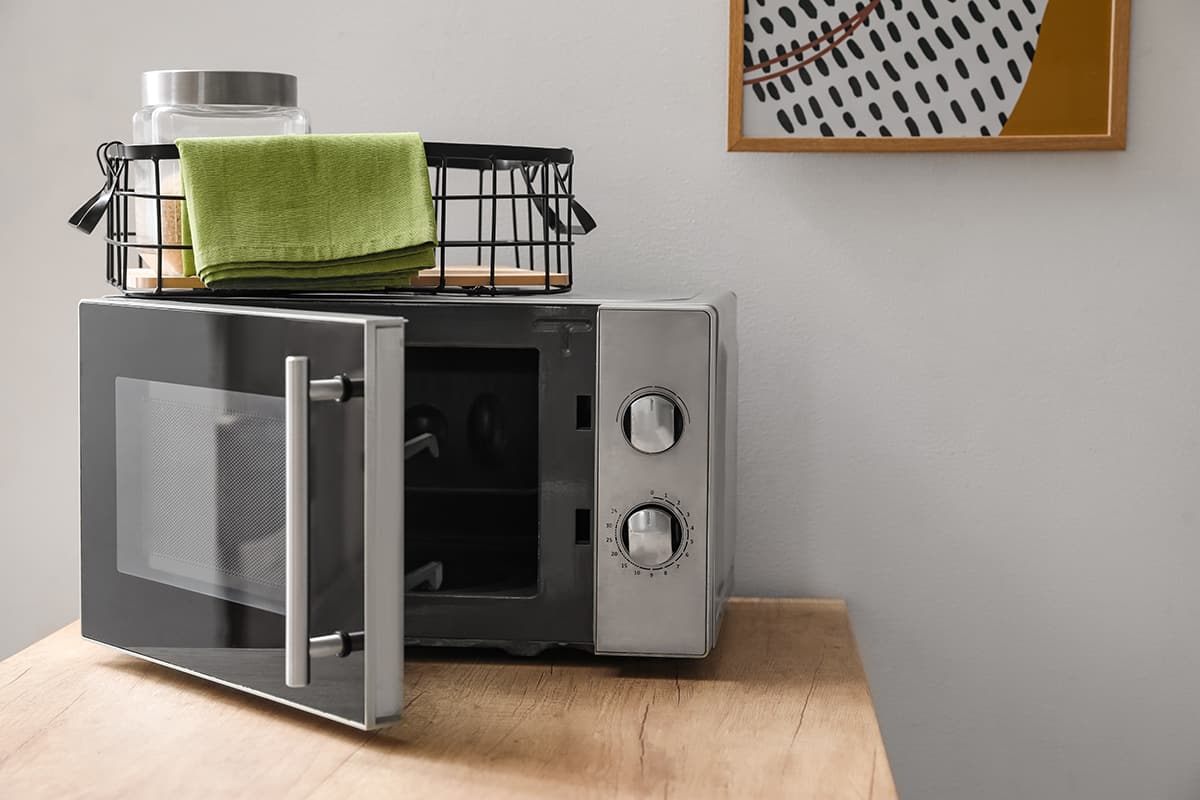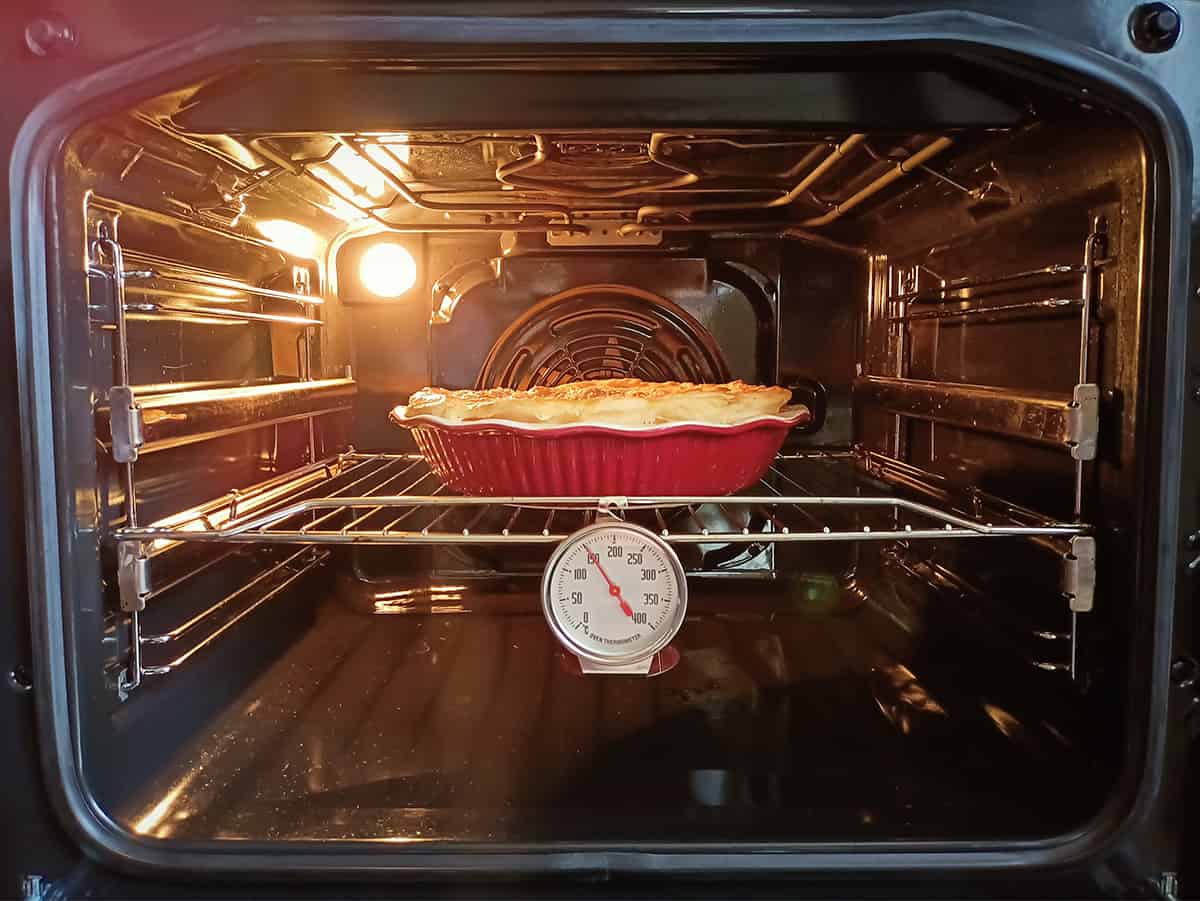Ovens are great for all sorts of things. You can use them for cooking ovens from start to finish, sear foods to give them a crispy exterior, or even keep food warm prior to serving. So, if you want to warm food in an oven, what temperature should you set it to?
If you turn on the Warming setting in your oven, the temperature will remain at a steady 170 to 200°F. Some ovens have a dedicated warming drawer, which heats up to 200°F. If your oven comes with neither of these, try manually setting it to 170°F to keep food warm.
In this guide, I’ll explain how you can warm up food in an oven and what other tools and appliances you can consider to keep food warm.
How to Warm Food in an Oven
Ovens are excellent cooking appliances that help users achieve the Maillard reaction—a chemical reaction in which caramelization and browning occur. Simply set the oven to between 280 and 330°F, and within minutes, the surface of your food will begin to dry out and crisp up.
But if you take a look at the temperature control dial on your oven, you’ll notice how your oven can preheat to at least 140°F. This indicates that you don’t always have to bake at high temperatures to achieve browning or low and slow for roasting. You can also use an oven to heat up leftovers or keep food warm before your big dinner party.
There are 3 oven methods you can try to keep food warm—turning on the Warming setting, utilizing the warming drawer, or manually turning on the oven. I’ll explain these methods in more detail below.
1. Warming setting
Take a look at your oven’s manual to see whether or not it comes with a warming setting. Alternatively, try looking at the control board of your electric range for a dedicated Warming or Heating button. In other models, you may find the Warming text along the side of the temperature control dial.
The Warming setting set the oven’s temperature to between 170 and 200°F, depending on the model. Some may go as high as 225°F, which can heat up food more quickly but also puts it at risk of drying out after prolonged exposure to heat.
When the oven is preheated to the warming temperature, simply place your food in the middle of the center rack. Keep a close eye on it to ensure it doesn’t brown too much or become too dry.
2. Warming drawer

There are super-high-tech wall-mounted ovens that come with warming drawers. They are separate from the oven’s main body since it only reaches a temperature of around 200°F. Do not mistake a warming drawer for the smaller baking cavity of a double oven, which is generally used for searing and broiling food.
If your oven has a warming drawer, turn it on and let it come up to temperature. Place your food in the middle of the warming rack to heat up.
3. Manual warming
If your oven comes with neither of the features listed above, all hope is not lost just yet. As you can see, warming is simply turning the oven on to at least 170°F, which you can do in any standard gas or electric oven.
First, manually turn the control temperature dial to heat the oven up to 170°F. Wait for 5 to 10 minutes for the oven to heat up before placing your food in the middle of the center rack. Again, keep an eye on the food as it may become overcooked and dry.
As you can see from the explanation above, warming food must be done at a temperature of at least 170°F. The purpose of doing this is to avoid the danger zone. Sounds scary, huh?
What Is the Danger Zone?
If you read my guide on how to know when the oven is done preheating, you would have learned about the danger zone.
In short, the danger zone refers to a temperature range (40 to 140°F) in which foodborne pathogens thrive. It’s safe to leave food out in the danger zone for 2 hours, but after that, you have to toss it away.
The lowest heat setting for most ovens is 170°F to avoid the danger zone. However, some ovens may have a lower setting (150 to 160°F), which is technically above the dreaded temperature range but still pretty close. So, if your oven bottoms out at 150°F, you should still crank it up to at least 170°F. 200°F and beyond is even better.
Alternatives for Warming Food

So, we already talked about how an oven can heat up food and keep it warm before serving, but what other kitchen tools and appliances can you use? Glad you asked!
1. Microwave
Microwaves are classic kitchen appliances that can defrost and heat up food. They do so through the power of microwave radiation, which sounds scarier than it actually is. Take a look at the guide on how hot does a microwave get to see how these contraptions work.
To summarize, microwave radiation causes moisture to “vibrate,” which eventually heats it up. So, if you want to defrost a frozen chicken or heat up a Salisbury steak dinner, simply pop it in the microwave and follow the instructions on the microwave or the food’s packaging.
2. Stove
Another classic method for heating up and warming food is your standard stove. Stoves use live flames (gas), heated coils (electric), or a magnetic field (induction) to heat the cooking vessel (pot, pan, skillet, etc.), and the heat transfers to your food. Just keep the food moving around to prevent scorching.
3. Rice cooker
Rice cookers are typically used for making rice, but in a pinch, you can use it as a food warmer. Their bowls are ideal for holding liquids, so reheating soups, stocks, and gravies should be pretty simple. It’s only when you want to reheat solid food that the troubles start to kick in.
Of course, if you have rice in your rice cooker, you can place your food directly on top of the cooked grains. The heat from the rice, as well as the built-in burner, will eventually penetrate the surface of your food. Best of all, because the cooking chamber in rice cookers is so small, it hardly takes any time to reheat food!
4. Slow cooker
Like rice cookers, slow cookers are ideal for reheating liquid-based food items (soups, gravies, etc.). Slow cookers generally cook at 170 to 280°F, so simply set the device to its lowest setting to reheat leftovers. If you want to reheat proteins, lubricate the slow cooker’s bowl with a bit of oil to prevent sticking.
Can You Proof Dough in an Oven?
Yes, you can. In fact, yeast proofs exceptionally well with a bit of heat. So, while it will grow in size at room temperature, you can accelerate the process by placing the raw dough in an oven-safe bowl and turning on your oven’s Warming setting.
The only problem is that too much heat can actually cook the dough before it’s had time to ferment and grow. So, I highly recommend preheating your oven at its lowest temperature, shutting the oven off, waiting for 10 to 15 minutes, and then sticking your dough inside the oven.
Alternatively, you can rely on the tiny amount of heat from your oven’s lamp to heat up the cooking chamber and proof your dough.






